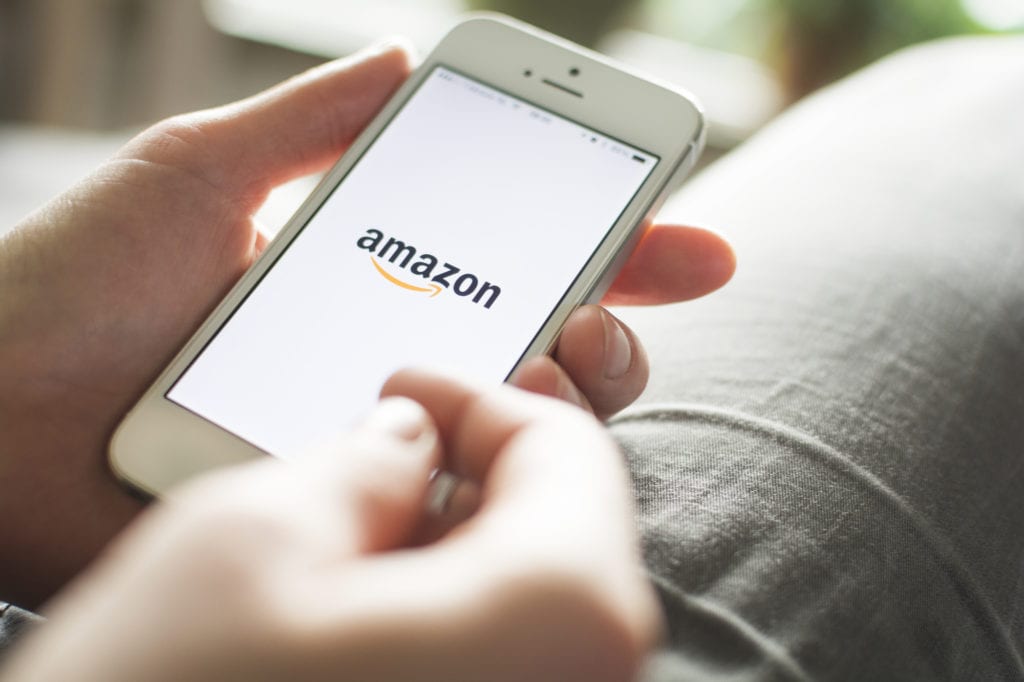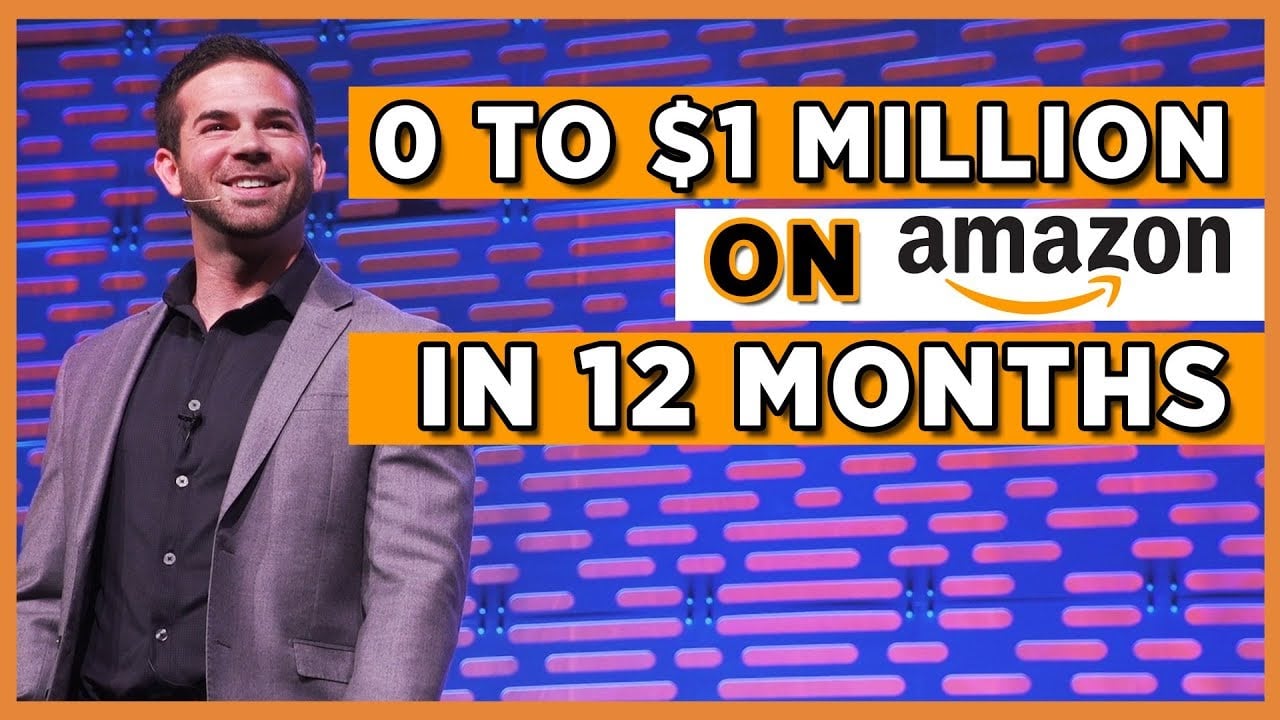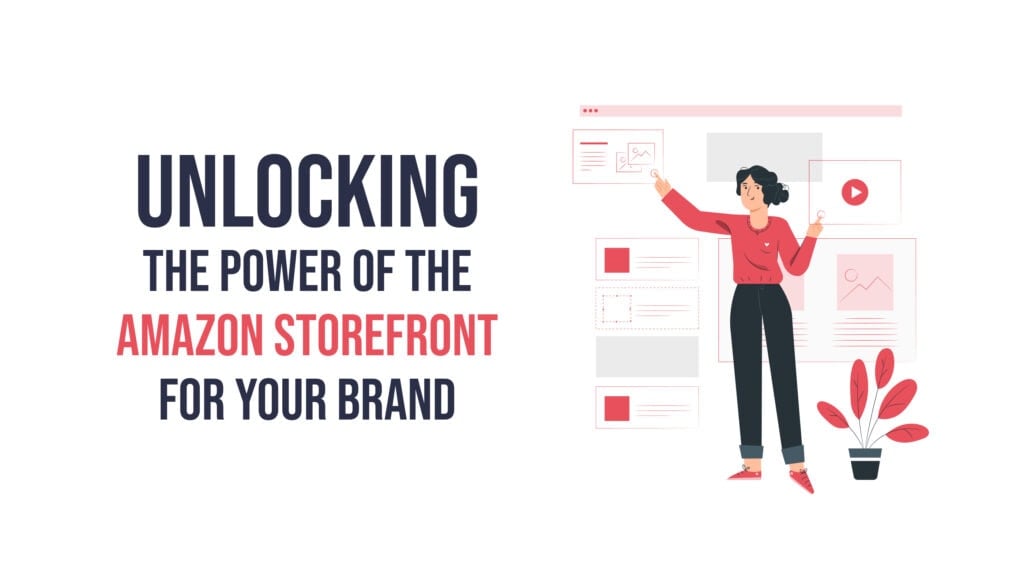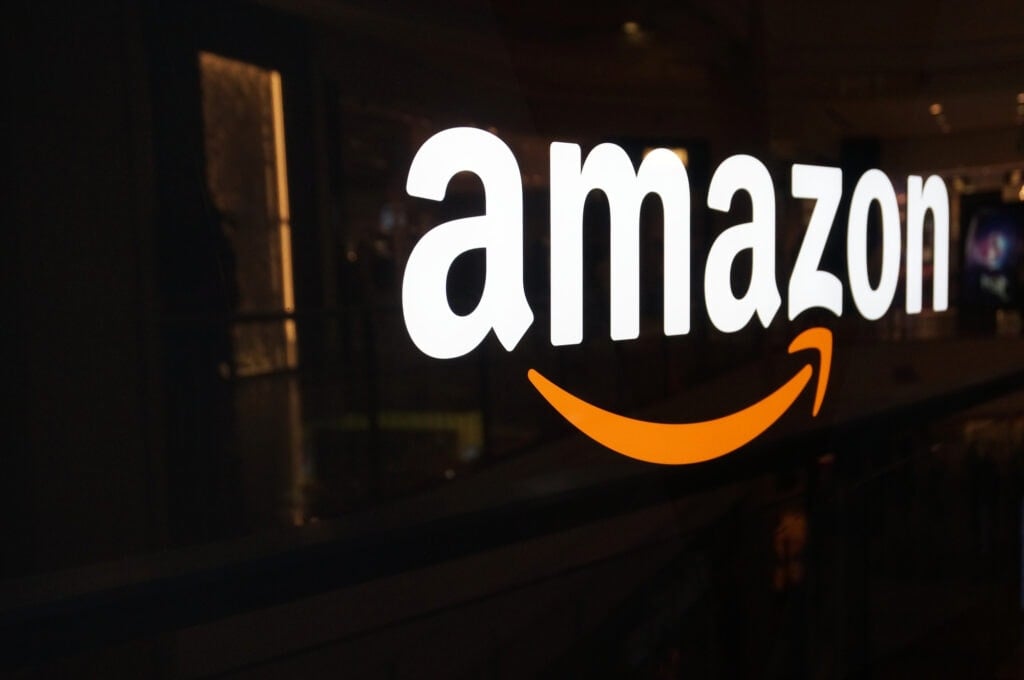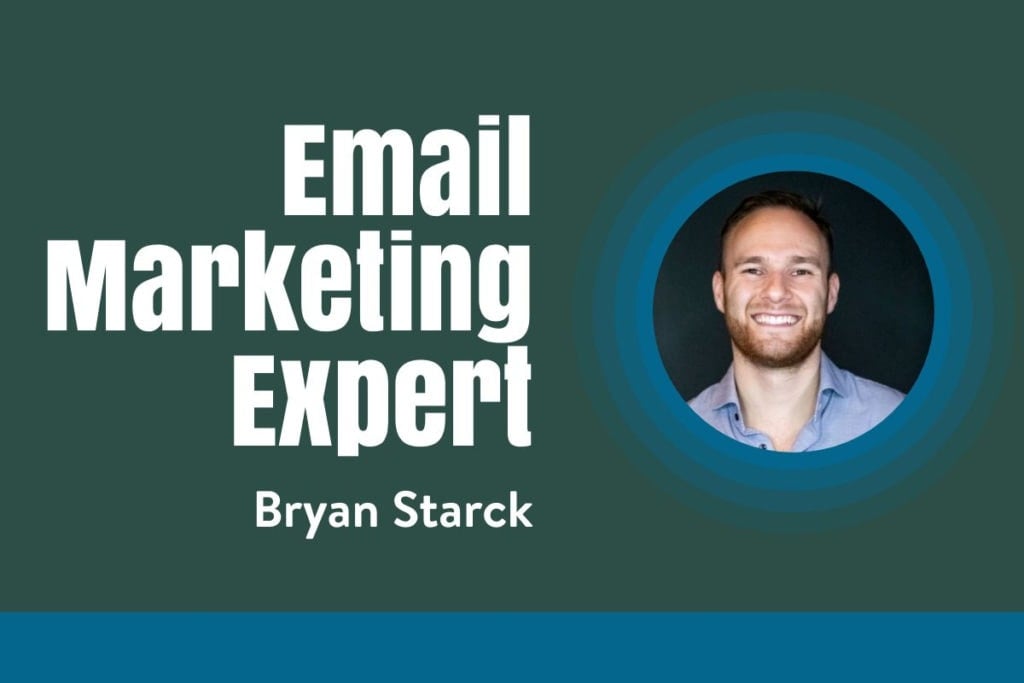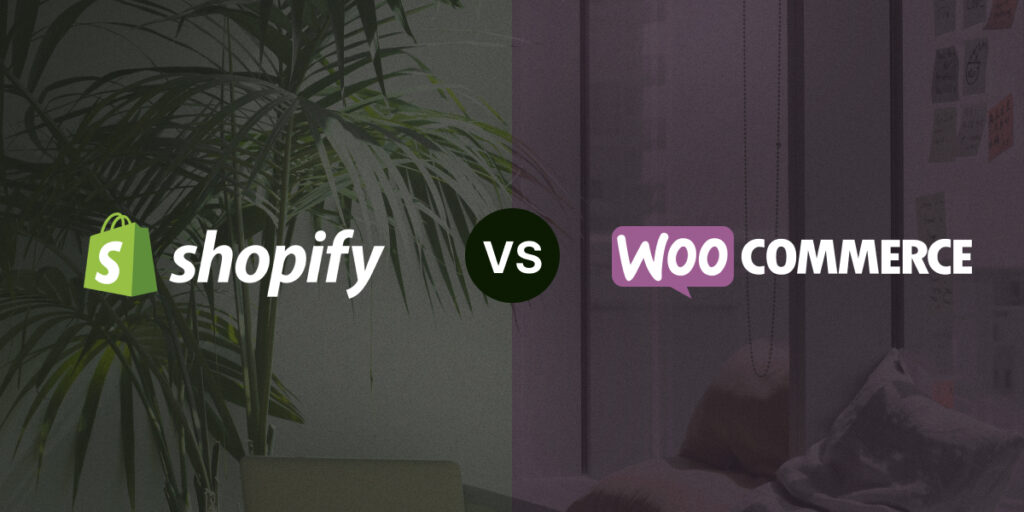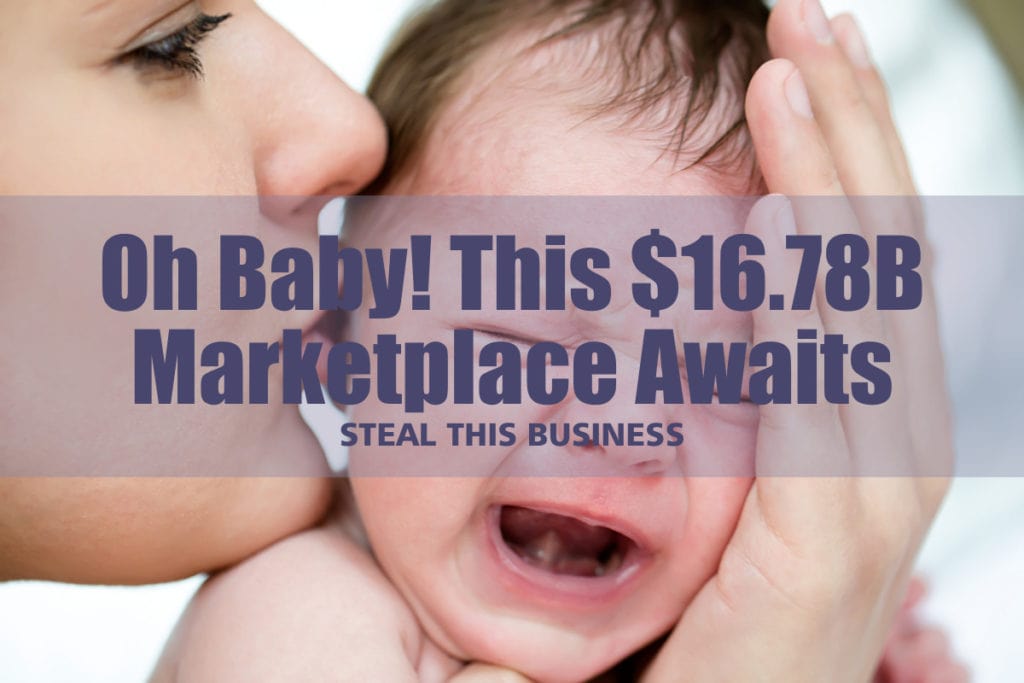When looking to start an online business, Amazon is the right place to start. What’s the secret to making millions on Amazon? We’ll tell you now, it’s not that complicated. Ryan Moran, founder of Capitalism.com, recently spoke at SellerCon about his strategy. Once you’ve chosen your Amazon business model, it’s all about focus and a few key steps.
Watch the video from the event below for insight into his secrets. He breaks it down into three simple categories, with one ultimate goal for success.
Is Amazon Becoming Too Competitive?
With Amazon’s booming growth, everyone knows it’s the place to be. A quick look at Jeff Bezos net worth (the richest person in the world) shows just how incredibly huge his company has grown. They have taken over grocery shopping, books, and are recently out to disrupt the healthcare industry as well.
Although some argue the competition has become too intense and success is becoming harder, it’s easy to romanticize the past and forget about all of the new opportunities. For example, eBooks are an Amazon business model that has blown up in the past couple of years. Some would argue it’s even easier these days to find success on Amazon (and business in general) than it was five or ten years ago.
Although the Amazon competitors list is definitely higher than they were five years ago, there are more resources than ever to thrive. The marketplace sets their sellers up for success – when their sellers thrive, Amazon grows!
Nevertheless, certain strategies are bound to change. This is why you build a business that focuses on providing value rather than focusing on particular strategies used to make money. When you build a business of value that targets specific customers, your strategies can easily change. We talk more on this subject below.

Amazon Business Models
There is a wide amount of opportunity when picking a business model on Amazon – you don’t even need a physical product to make sales. If you don’t already have a product to sell, these are a few different options you can choose from:
Which do we recommend? Whichever you know best and have the resources for. There is room for success in every Amazon business model listed above.
One piece of advice to keep in mind is that launching products to a smaller audience tends to rank for keywords easier.
How to Choose a Business Model
This depends on your resources. How much time do you have? How much money can you invest in a product? Do you have any valuable, specialized knowledge to offer the world?
For example, you might not have a lot of money to put into product creation. You can try retail arbitrage, information products, or even handmade products and find great success.
Choosing the business model isn’t important – it’s building the brand and targeting a specific customer that is your secret to long-term success. You can do this with nearly any Amazon business model you choose.

Focus on the Customer
Ryan emphasized this point many times throughout his speech – don’t make it all about you. When you focus on selling and making money rather than serving an audience, you won’t be able to scale as largely.
Focus on people, not products. Ask yourself questions relevant to your ideal buyer. What do they need? How can you serve them on their journey? Which product does your ideal audience need next? What problem can I solve?
Business catered around an ideal customer are much less likely to fail. Your ultimate goal is to solve their problems. If you’re doing this effectively and putting the product in front of their eyes, how can they resist?
Set the Goal – $1 Million
The first step to a successful Amazon business strategy is to focus. He recommends focusing on a goal of $1 million in sales over 12 months. Once you reach this sweet spot, you’re able to make bigger decisions about the business. Do you go all-in and keep growing, or sell the company and take your newfound skills elsewhere?
This can be broken down into 50 daily sales for two products that cost about $30 each. That’s all you need to hit $1 million sales in one year!
Three Stages to $1 Million
Ryan outlines three straightforward stages to propel sellers to the $1 million mark.
Stage One: The Grind (0–3 Months)
During this stage, you begin by building up one product. You will perform your product launch through your audience and gain reviews, which will help you rank for keywords. There are plenty of ways to build an audience and get them excited to purchase – announce when the product will go live, incentivize early purchases, celebrate every action publicly, urge buyers to leave reviews, and so on.
Repeat this until you reach 25 sales per day. Your main goal is to generate enough sales and reviews to rank for your goal keyword. Make sure to optimize your product title, description, bullet points, and even the backend to attract buyers and help show up in more search results. Make sure to use professional images as well.
Stage Two: The Growth (4–6 Months)
While your first product is making upwards of 50 sales per day with 50+ reviews, you can release one or two more products. Make sure to target your audience and duplicate your process for the first product.
Ask yourself – what does my audience need next? Do plenty of market research and see what they’re looking for. You won’t want to trail into a completely different niche with different ideal customers. A successful Amazon growth strategy will focus on the same customers.

Stage Three: The Gold (7–12 Months)
This stage is all about scaling! Your additional revenue can be spent on further branding, advertising, more product releases, and building new traffic channels. The best source of advertising is through the audience of other entrepreneurs and influencers. They can be targeted through sponsorships, giveaways, ads, etc.
You’ll hit the $1 million mark before you know it.
Dangers of Building an “Amazon Business”
You likely came here searching for tips to build an “Amazon business.” You want to sell products on Amazon and make money. Don’t we all?
It’s true, the marketplace is wildly successful and still growing. It’s an easy place to start because people trust Amazon, there are hundreds of millions of users, and there are plenty of benefits to help sellers succeed.
Even so, we don’t advise creating a business solely based on Amazon without any focus on branding. The secret to long-term success is building a business that solves problems and desires of your target customer. When you’re serving others, you will be able to sell across multiple platforms and won’t be limited to Amazon. Your audience will follow you.
Conclusion
The biggest takeaway is to build a business that targets your ideal customers and how you can serve them on their journey, whatever this may be. When you’re focused on what you can extract from the system, growth potential is limited. The Amazon business model you choose is far less important than building a business around your target audience and solving their problems.
